Increasing pressure on brands to find alternative, sustainable materials is driving textile innovation forward - how are creators tackling one of the world’s most pressing issues?
LET'S DIVE IN: OUR COMPOST
Virón - Vegan Footwear
Taking a stand against the destruction of the Earth’s resources, the combat boot maker Viron, uses the leftover skin and seeds from apples used in the italian juice industry. Once dried and powdered, the apple waste is mixed with Polyurethane (a type of plastic): this results in a resistant and breathable material that takes leather’s place in boot manufacture.
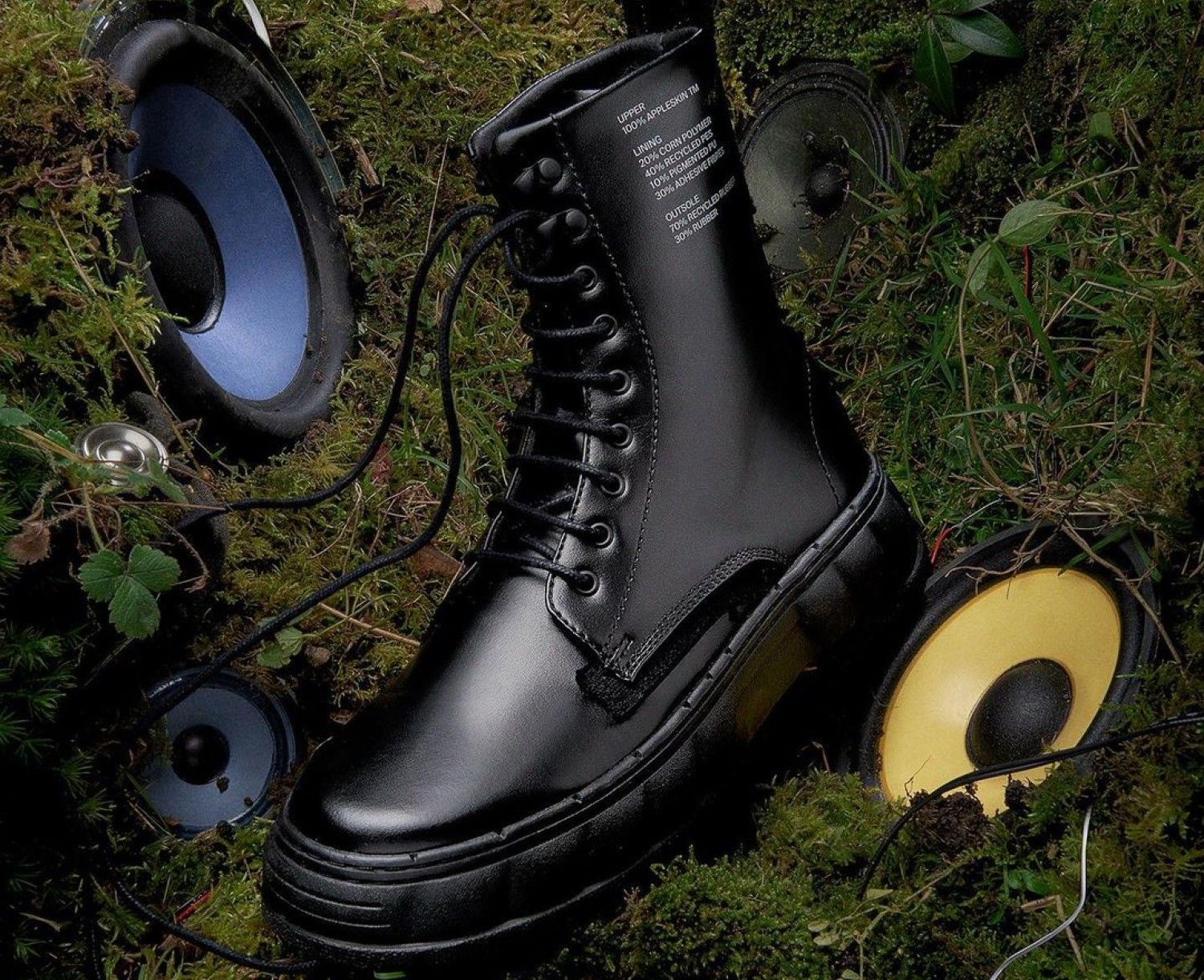
MycoWorks - Fungi Leather
Mycoworks, a fungi-leather start-up, made headlines with its partnership with Hermès, traditional leather creators par excellence. Mycoworks is redefining our relationship with leather, which, according to CEO Matthew Scullin, most people have an emotional attachment to and find difficult to part with it. To facilitate this, a key challenge is to create fungi leathers that match the quality and performance of animal leather: according to Scullin, this is only a matter of finding the right way to grow fungi, as it is an incredibly modifiable organism.
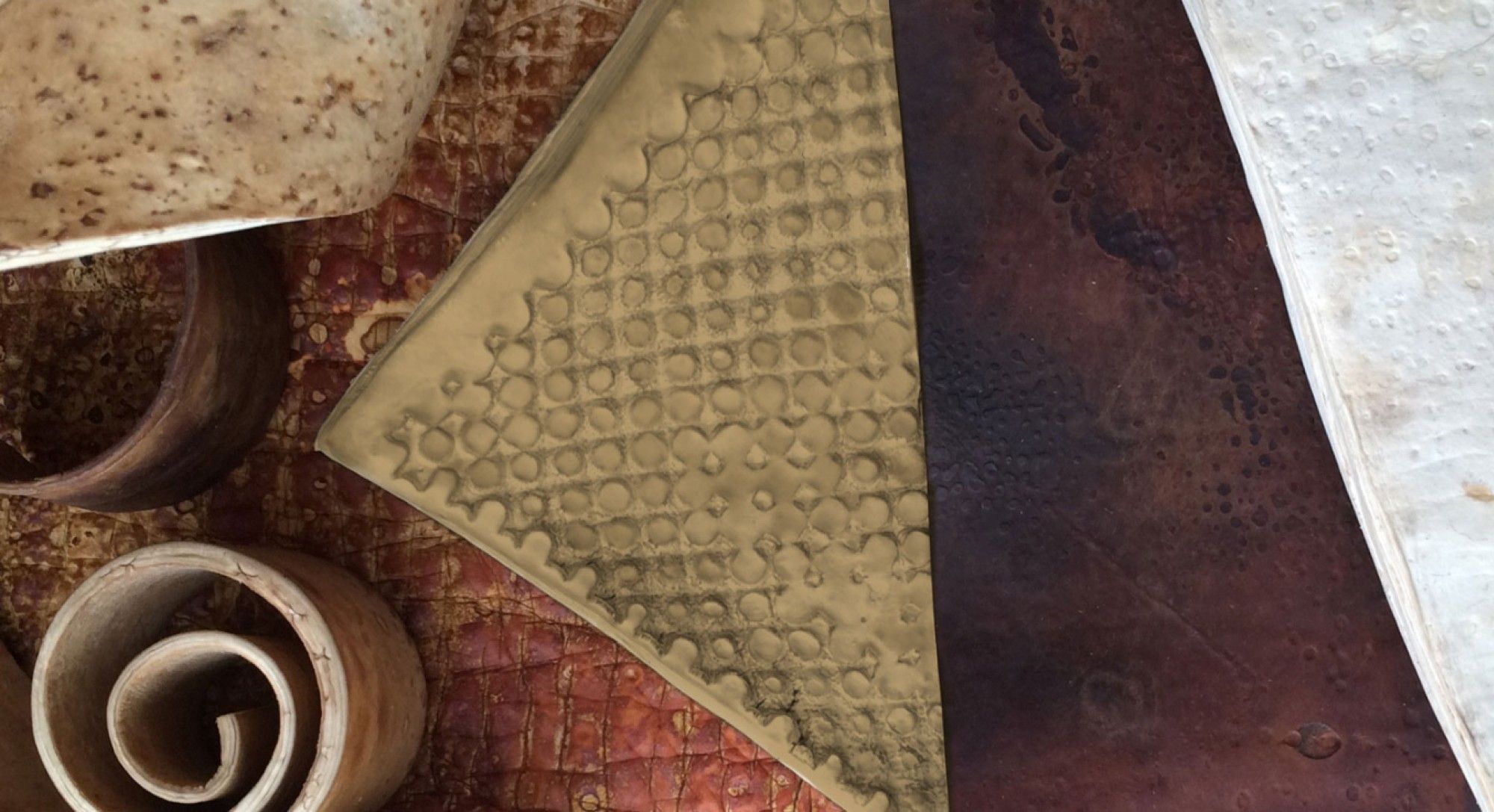
Desserto - Cactus Vegan Leather
Leather is in vogue! The creators of Desserto, a Mexican cactus-leather brand, identified faux leathers as false solutions in the long term (due to microplastics and toxic chemicals involved in their creation). They turned to cacti to tap into the growing alt-leather market. Leaves are harvested every 6 to 8 months, then cut, cleaned and sundried. Then comes the mashing and extraction of the bio-resin, mixed with non-toxic chemicals (Desserto does not specify which); finally, the mixture can be dyed or shaped in any leather texture. Aside from apparently being the same quality as animal leather, cactus easily grows everywhere meaning it can also be used to restore lands through afforestation while being farmed at low ecological cost because of its low water requirements.
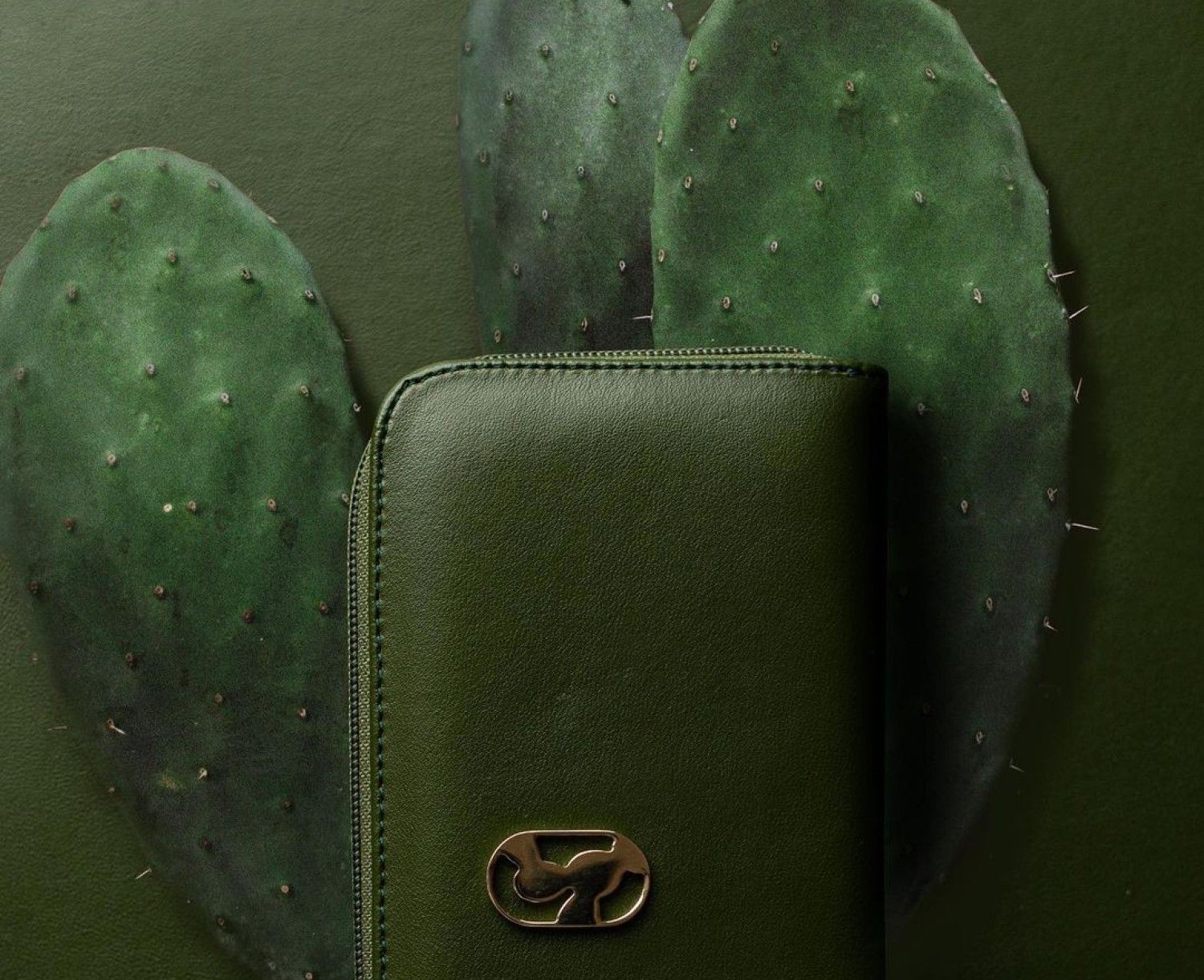
Orange Fiber - Citrus Juice Sustainable Fabrics
Adriana Santanocito and Erica Arena, from Milan’s Polytechnic University created a citrus-based fabric, to tackle the waste in the Italian juice industry. Salvatore Ferragamo was the first brand to jump on the occasion to make a statement with the creator’s incredible innovation, creating a capsule collection with the fabric in 2017 and setting a new benchmark for the fashion industry that reflects Ferragamo’s commitment to research on sustainability.
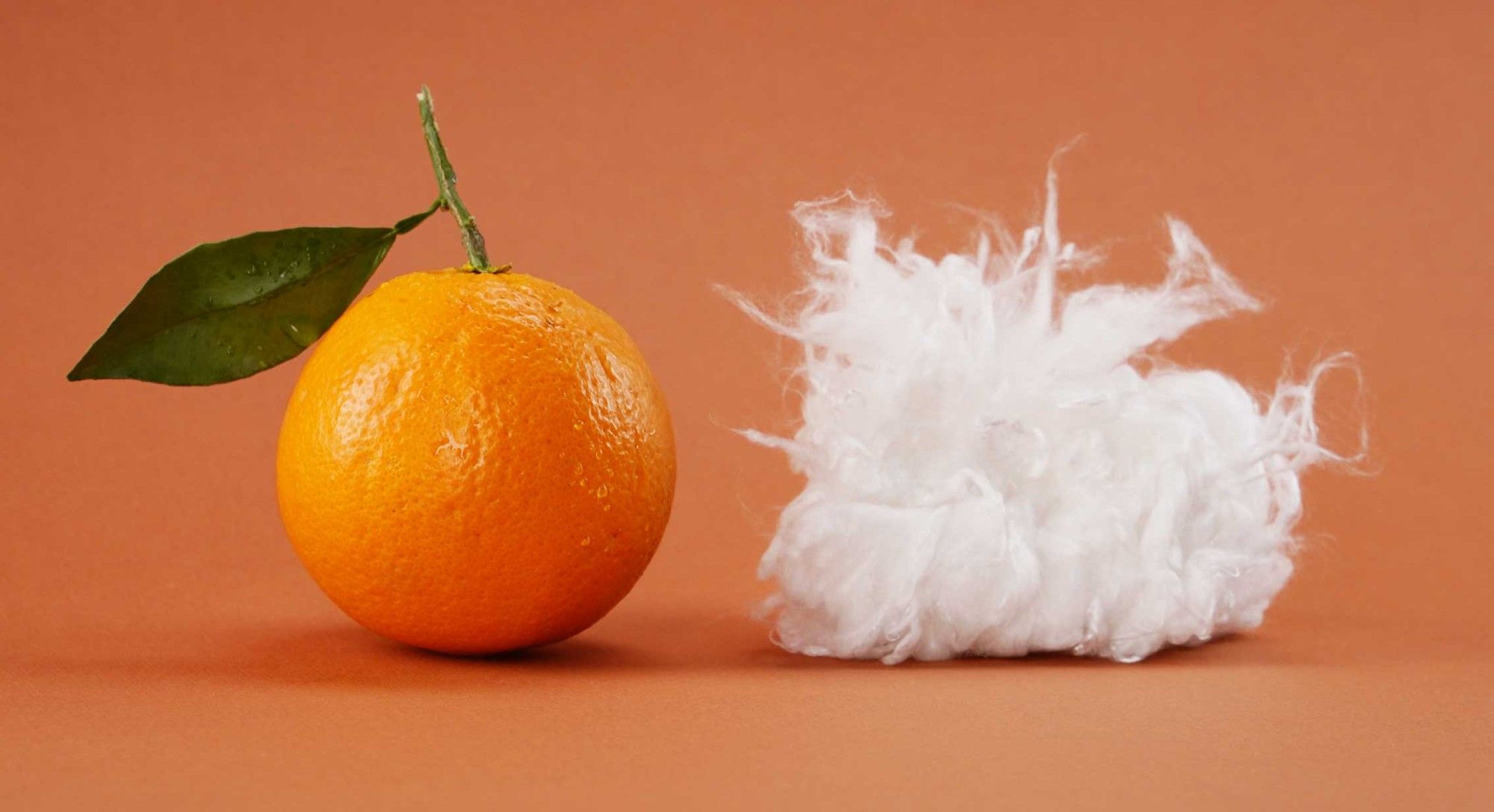
Dotzero - Recycled Sneakers
Dot Zer0 starts from the observation that it is difficult to recycle items that are made from many different materials, like shoes (that can be composed of over 10 materials). Choosing one base material (in Dot Zero’s case - paper and wood residue from the paper industry) helps ensure shoes can be recycled and can be part of the cyclical fashion world, after having long been excluded.
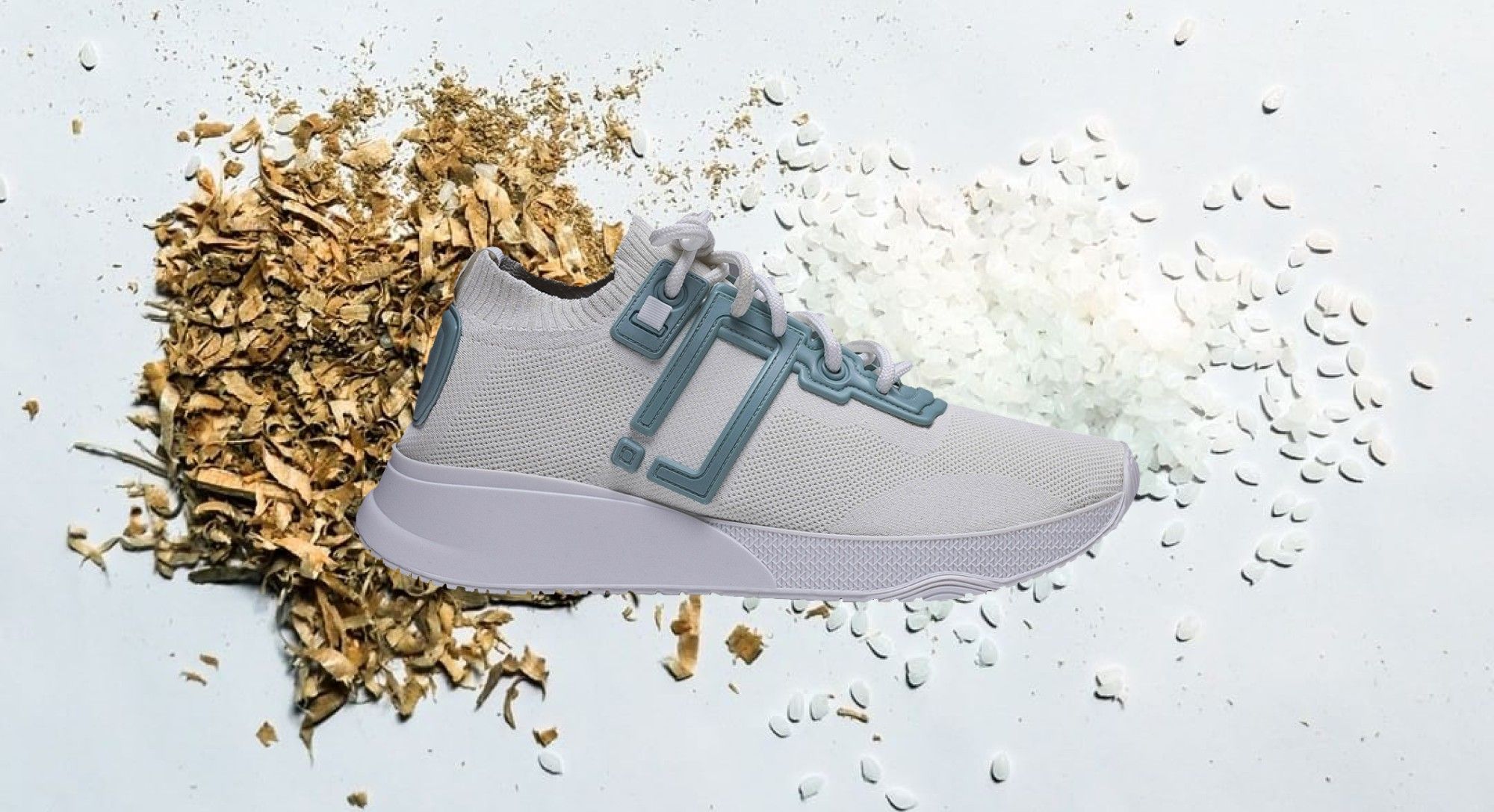
WHAT'S THE WORD? DEBATES AROUND FUTURE TEXTILE CHALLENGES
Does this list not mention your experimental textile of choice? That’s because it is impossible to be exhaustive as new fabrics develop every day. What debates might this constant flow of innovation generate?
Scalability
It is unclear at the moment how some of the textile production methods mentioned might be scalable. Are they truly going to be able to replace traditional textile manufacturing at a large scale? Mycoworks, for example, states that one of their goals is to scale up production with new factories and products; it remains to be seen if this is possible at all (let’s hope so!).
We also know big scale companies are more ecologically costly than small scale businesses - does the future of sustainable fashion really lie in scaling up to match today’s big players? Or might brands focus on small scale impact, working with other small brands to create an alternative solution to scaling up and creating supply chain monopolies?
Production costs
These textile’s existence implicitly demands their use: brands are still producing clothes, but the solution to the fashion world’s problems may be slowing down and halting overproduction. Could this be part of the problem - will the necessity to experiment with these textiles and prove their qualities drive even more production?
This could mean deforestation to make room for the plants necessary to create the alternatives textiles; it could also mean less incentive for customers to change their consumer practices and companies to transform their business models. New textiles could become a justification to keep producing fast fashion and not rethink the production model.
Producing these textiles also requires mixing the plant component with (recycled) plastic. This means the issue of microplastic detaching from garments during washes and polluting the environment, for example, remains real. Finally, researchers have been asking how much energy these new textiles cost to make, notably in a world where society’s energy needs are already on the rise.
Consumer experience
These textiles haven’t been around very long, and are not tried and tested like traditional materials (e.g., animal leather) - remains to see whether they last as long or whether they require customers to purchase new products more often, continuing the production-consumption cycle.
Clothing made from alternative fabrics can also be more expensive than fast fashion or some luxury brands (which after all reflects the creator’s innovation and work): could this alt-textile boom create too large an offer, that some customers trying to change their habits cannot afford, resulting in unsold stock?
These questions represent challenges that textile companies will need to tackle - and opportunities to show that these fabrics might be the future of fashion.
Scalability, production costs and new consumers behaviors are challenges that new sustainable textile companies need to tackle.
ON A MORE POSITIVE NOTE: THE MEDIUM TRANSFORMS THE ART
These textiles generate changes within the fashion industry: the medium is transforming the art.
They are curiosities and attract fashion experts and the general public alike, creating demand and interest. This is obvious when we see textile expos gaining more traction every year, like the Future Fabrics Expo or the Premiere Vision Paris Expo. The events create hype and are the proof that textile innovation generates interest. Similar people with similar visions for the fashion world end up in the same rooms - how can change not happen ? It is also bringing alternative actors in the foreground, diversifying what we can purchase as consumers.
The trend factor of these materials also helps to highlight the production side of garment creation, bringing it from the shadows of factory floors to the forefront of the industry and changing our perceptions of clothes. Transforming our relationship with clothes and those that make them seems like a win in our time of disposable, single-use garments.
Transforming our relationship with clothes and those who make them can generate a deeper understanding of the issues at stake and encourage change within policy-makers.
These new textiles also generate publicly-available reports and analyses which allow a deeper understanding of the issues at stake and encourage policy-making to tackle these complex problems, while diversifying the actors involved in the discussion. We can cite, for example, Copenhagen Fashion Week’s Annual Sustainability Report or the Changing Markets Foundation’s report on textile markets.
_Have you had the opportunity to read interesting reports? Let us know in the comments! _
CLOSING THOUGHTS…
Increased textile innovation is good news overall; it is both the symptom of and the driver for change operating at many levels in the fashion industry, from consumers demanding changes, to start-ups identifying development areas, all the way to larger actors giving smaller companies a platform, as did Hermes or Ferragamo.
Increased textile innovation as a driver for change in the fashion industry, from consumers demand to new supply-chain opportunities.
However, increased innovation can also mean increased production - which has been identified as a key issue for the fashion industry… How can we strike the right balance between textile innovation and planet preservation?